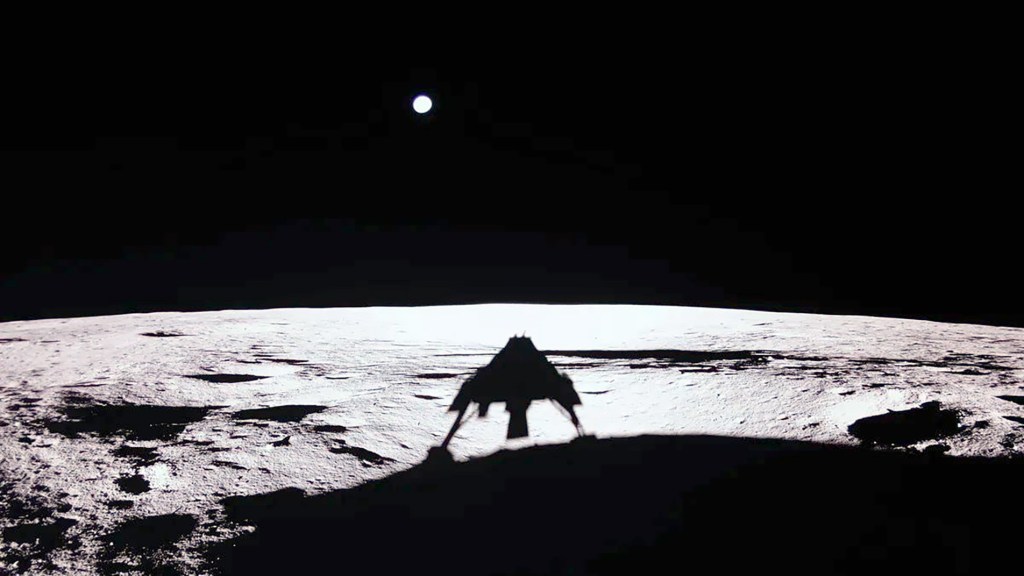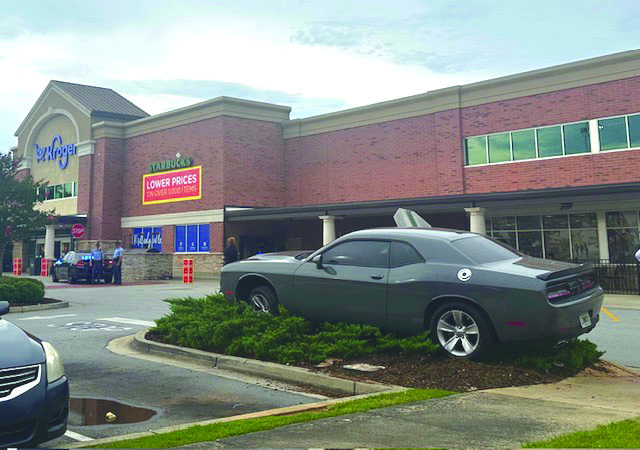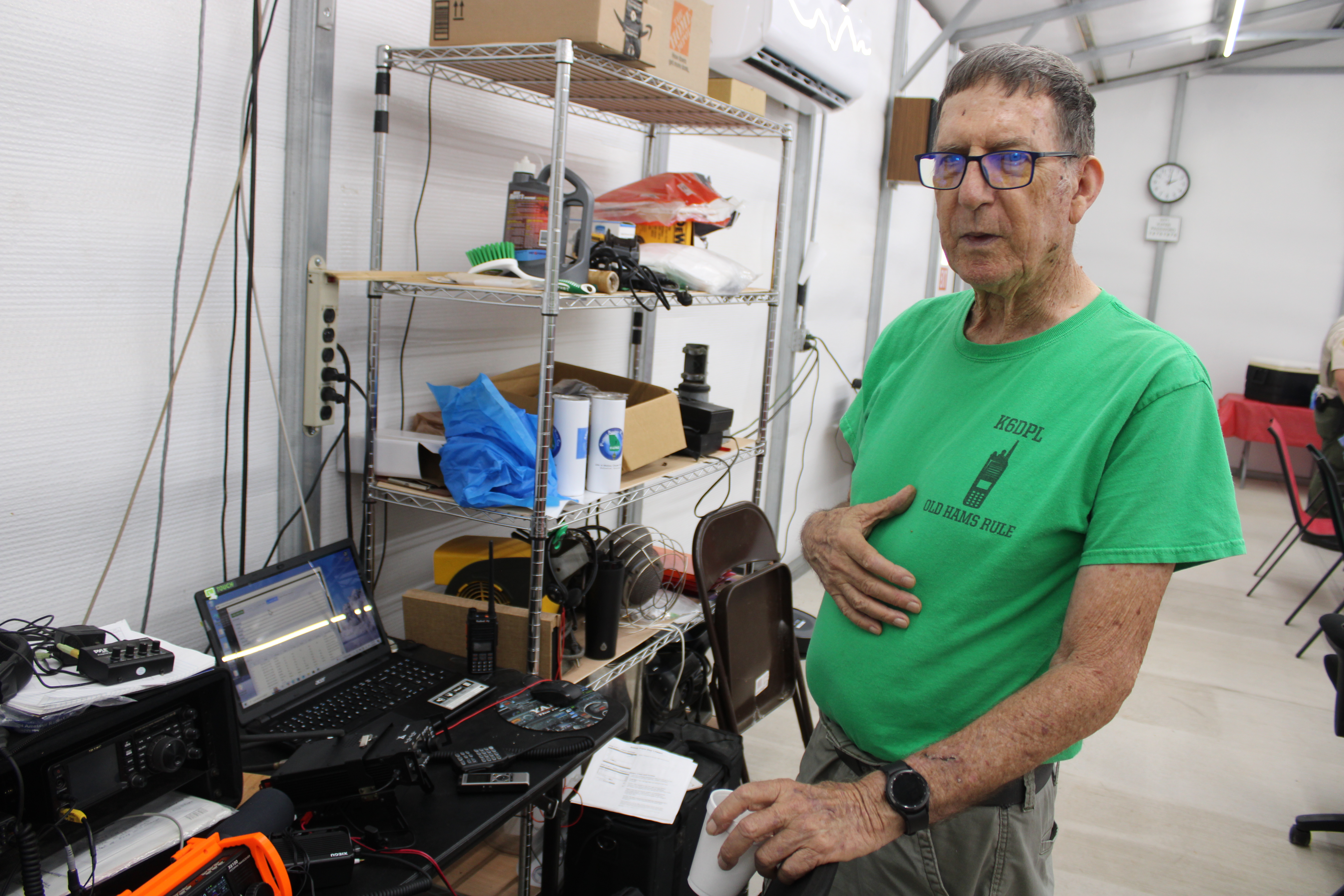OUR SPACE: A Ghost on the moon
Published 3:12 pm Tuesday, March 11, 2025
On March 2, private commercial spaceflight achieved another major milestone: a soft landing on the moon.
Firefly Aerospace sent its Blue Ghost lander on the journey, and after a few weeks of orbiting the Earth, then travelling to the moon, then orbiting there for a while, and then it landed. It was a textbook mission — everything went smoothly with no major nailbiters. Granted, any mission of this magnitude will fray your nerves, but it just goes to show that space travel is finally on its way to go mainstream, and it’s no longer the sole privilege of government-run organizations.
It’s a good thing, too: private commercial companies can afford to take risks and learn from their mistakes and try again, unlike a government entity which has to account for every penny spent. After all, it is tax payer money and accountability is key.
Trending
The Blue Ghost did not fly solo, however — it carries a good number of science payloads from NASA. For us Joe Schmoes it’s like catching a free ride with someone who was going to make the trip anyway. You might pay for lunch or a tankful of gas, but it’s a huge savings either way.
Earlier this year we took a closer look at one of the science instruments on board — the LEXI imager which will study Earth’s magnetosphere from its unique vantage point on the moon. And what a view it is! Blue Ghost has sent back amazing photos from its lunar orbits already, and one of its first photos after the landing was a sunrise on the moon.
Now this is an interesting detail! Since the moon rotates at the same rate as it orbits the Earth (which is why we only ever see the same side of the moon) a lunar day lasts about two weeks, and so does the lunar night. If your spacecraft is not designed to survive the incredibly cold lunar night you want to land in your desired spot right at sunrise, or maybe just a smidgen earlier to take full advantage of the long lunar day. So the good folks at Firefly Aerospace did exactly that, and they were immediately rewarded with some pretty incredible views. An image destined for the history books came just a short time afterwards: the shadow of the lander in the desolate lunar landscape, and above the horizon — our home, a precious pale blue marble against the vast blackness of space.
Just look at this picture for a moment. You are in it! Far, far away, and too small to see, but nevertheless, all of us are in this photo. Isn’t that amazing? Whether we get along or not, no matter what we do or don’t believe, regardless of where we are — we are all in this picture.
Of course the Firefly Team won’t have much time right now to contemplate this incredible photo. They will be busy monitoring their equipment and downloading data from all the rideshare science instruments, because in just a few more days it’ll be lights out for The Little Lander That Could. When the shadow of the moon creeps across its face in the Waning phase it will eventually reach Blue Ghost. It will be able to continue working for a few more hours on battery power, but then the witching hour for this particular ghost is over.
The moon is getting plenty of company these days. About a year ago we had Intuitive Machine’s Odysseus lander, and by the time you read this hopefully their second lander Athena will have arrived safely near the lunar south pole. And if all goes well the Japanese Resilience lander will touch down on the moon on June 5. Incidentally, Resilience and Blue Ghost shared the same launch vehicle, but due to different mission objectives and targeted landing zones their trips looked quite different once they separated from their rocket. Resilience has also sent back some stunning images of our fair planet as it lines itself up properly for a possible northerly landing spot, although that may still change.
Trending
Lunar landers are very smart these days. Blue Ghost selected its precise landing site autonomously. Of course it picked a nice flat area with few surface obstacles, but that’s how machine programs learn. Just like a student you start with something fairly easy and work yourself up to the trickier bits. The landing is usually the most difficult part of a mission — just one ill-placed rock can topple your spacecraft over, so picking the perfect spot is of the utmost importance. When Apollo 11 landed on the moon they barely made it with just a few seconds of fuel left while they tried to find a safe spot to set their lander down. The uncrewed landers today are doing the same thing — it just makes sense.
Read up on the newest visitors to the Moon at https://fireflyspace.com/missions/blue-ghost-mission-1/ and https://www.intuitivemachines.com/im-2 .
—Beate Czogalla is the Professor of Theater Design in the Department of Theatre and Dance at Georgia College & State University. She has had a lifelong interest in space exploration and has been a Solar System Ambassador for the Jet Propulsion Laboratory/ NASA for many years. She can be reached at our_space2@yahoo.com .






